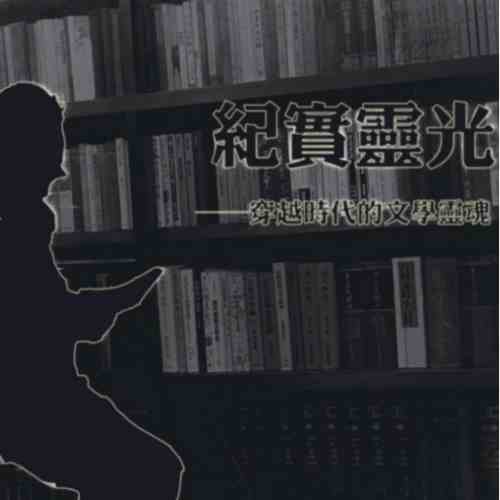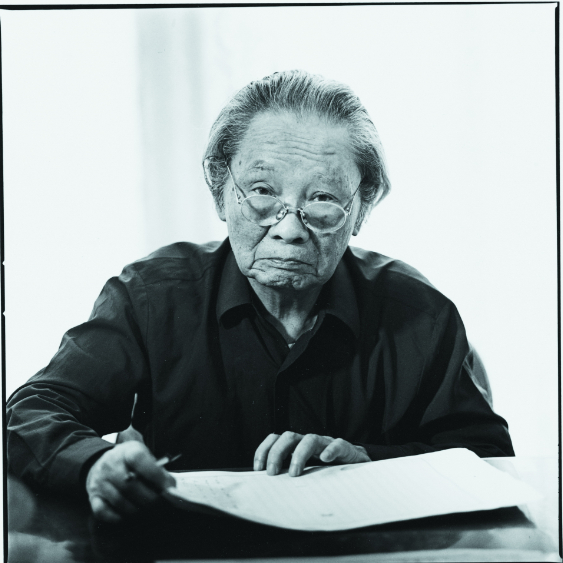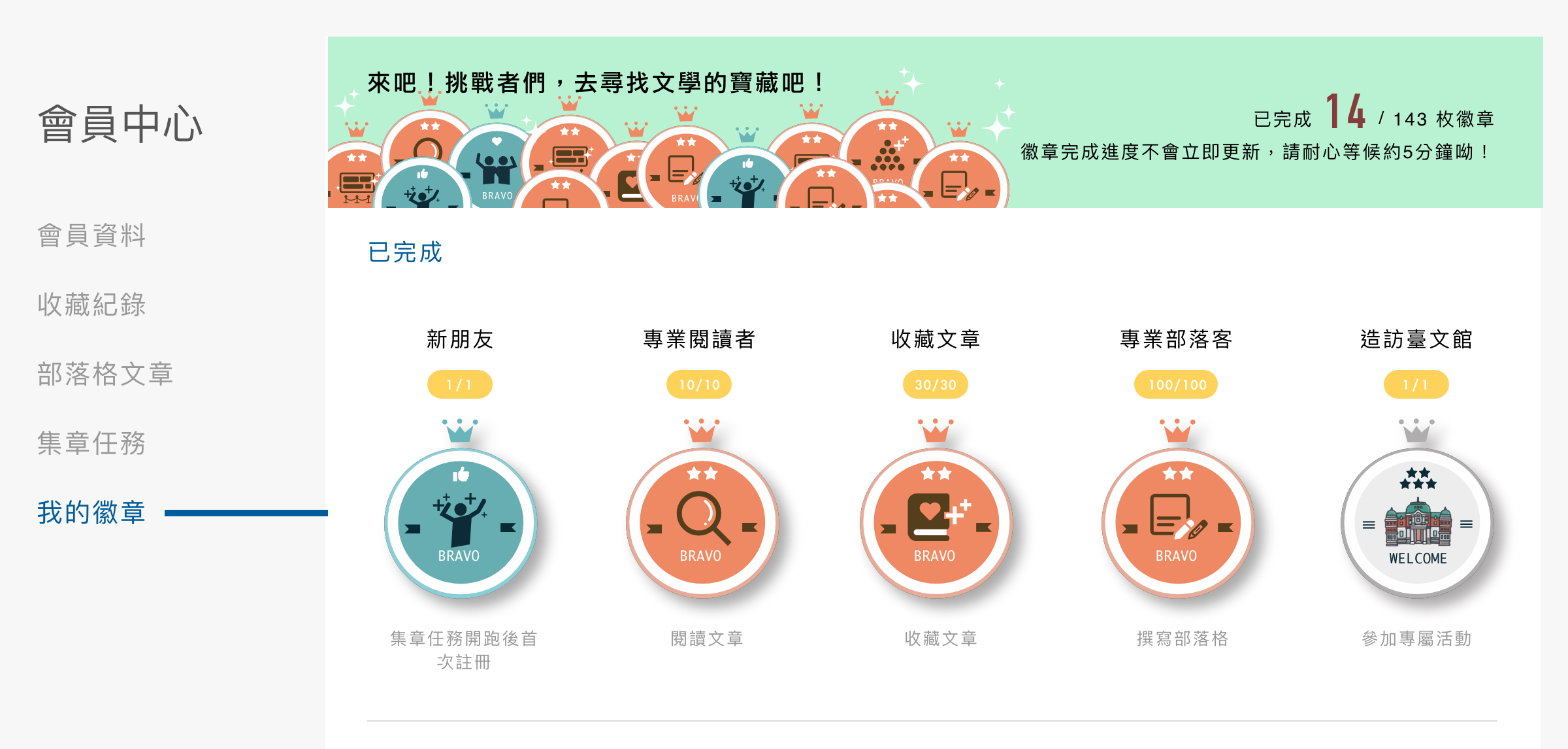It was March in the spring. The sky went dark quickly. Tainan City was covered in bitter winds and rain, not long past six. It was so dark that one couldn’t even see his or her own fingers. Since riots took place in Taipei on February 27, Tainan suddenly became a quiet city at night.
──Yeh Shih-tao, Chien A-tao, a Taiwanese Man.
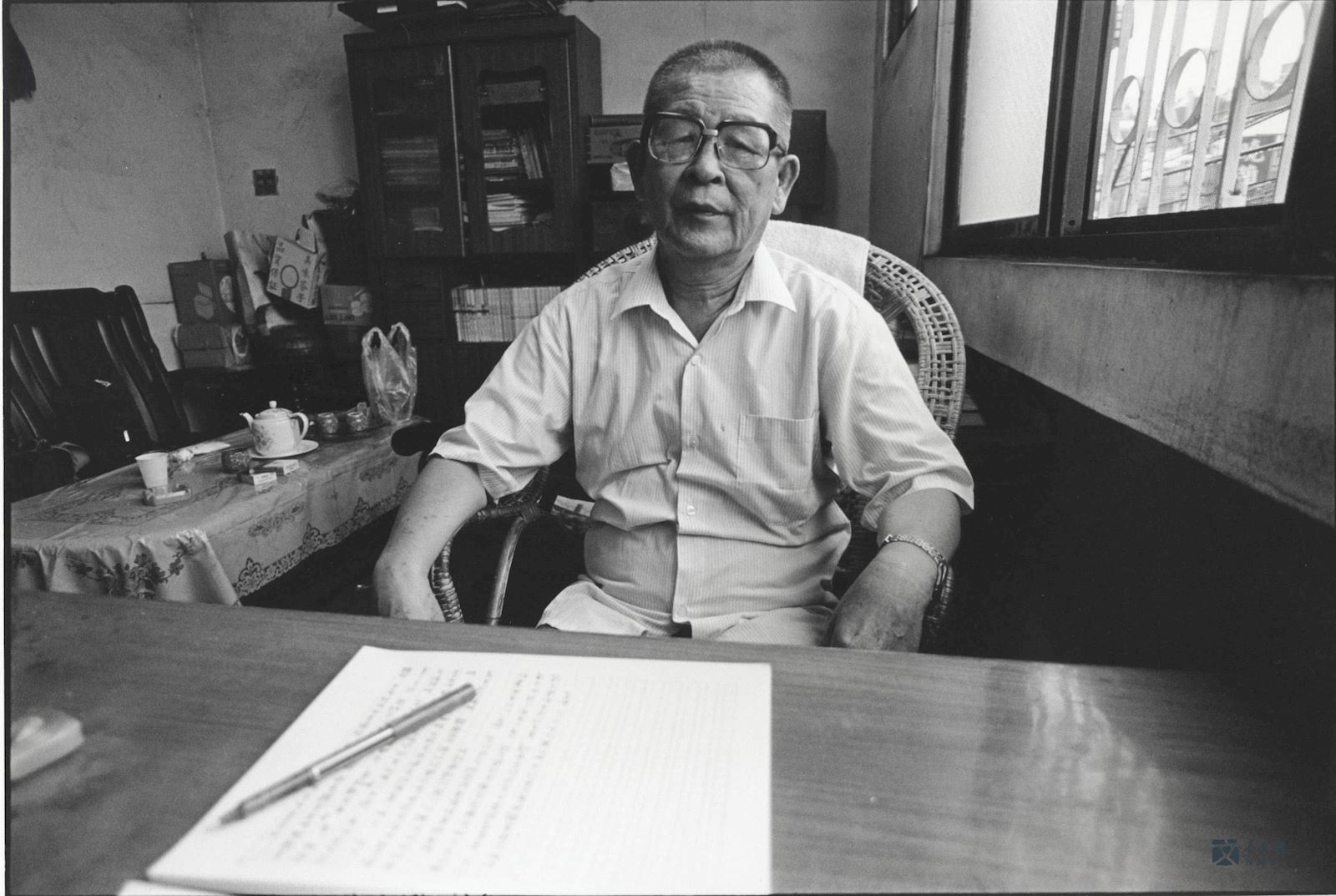
▒ Yeh Shih-tao ▒
In this bust photo, the writer sat by his writing desk in the living room, with pens and manuscripts on the desk. Yeh’s residence, Zuoying, Kaohsiung, April 1998.(Provided by Lin Po-Liang)

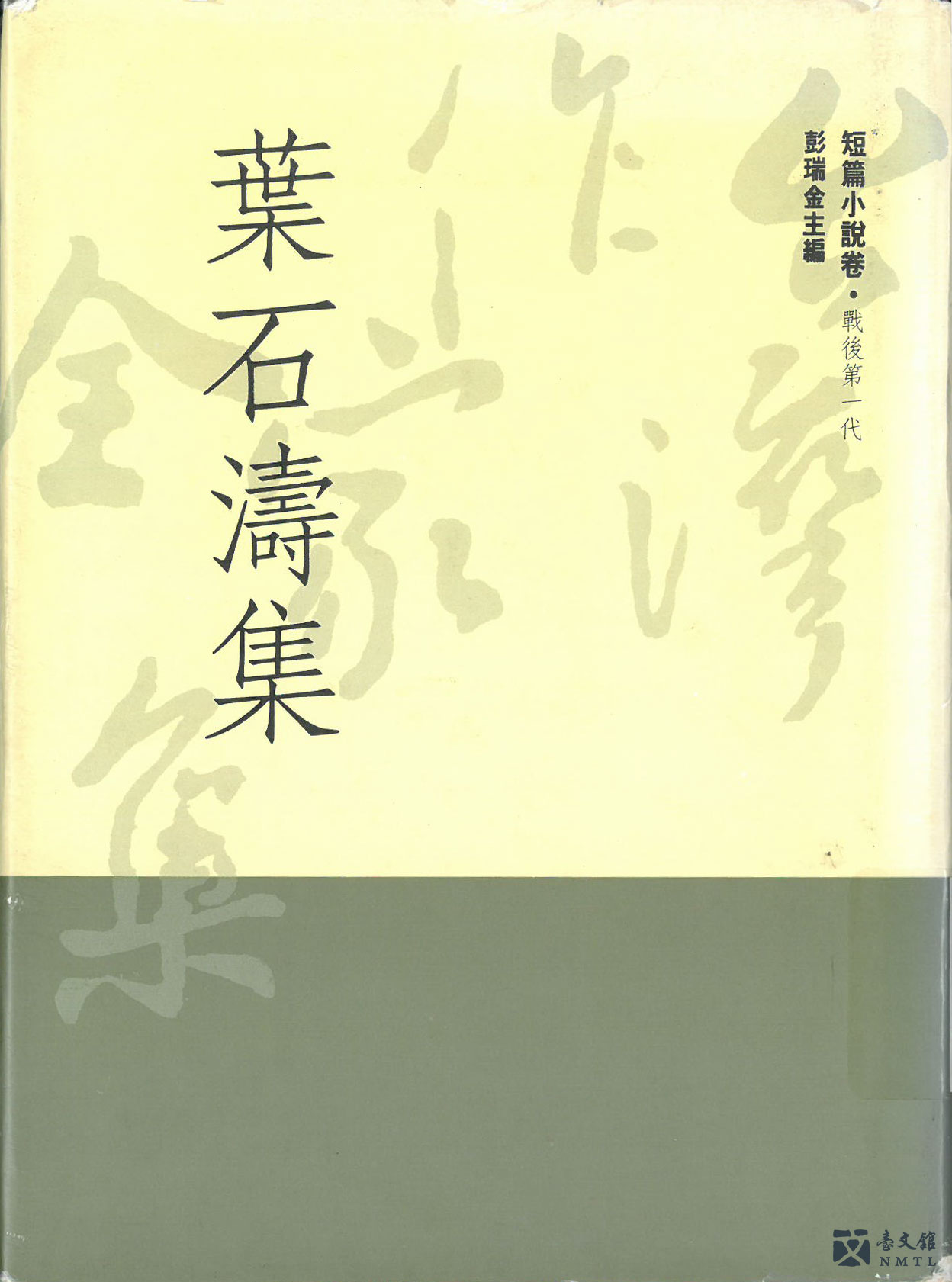
Introduction
Yeh Shih-tao (1925-2008) was born into a prestigious family in Tainan. In 1965, he settled down in Zuoying, Kaohsiung. The writer published most of works under his birth name, although he also used pennames such as Teng Shih-jung and Yeh Hsien-kuo. During the Japanese Rule, he was an assistant editor of Arts and Cultural Taiwan, an elementary school teacher (for more than 40 years), vice president of the General Association of Chinese Culture, and a national policy advisor to the president.
In 1999, he received an honorary doctoral degree in literature from National Cheng Kung University, and became a guest professor at the university’s literature institute. Yeh was truly a crucial writer and critic, both during the Japanese Rule and post-war years.
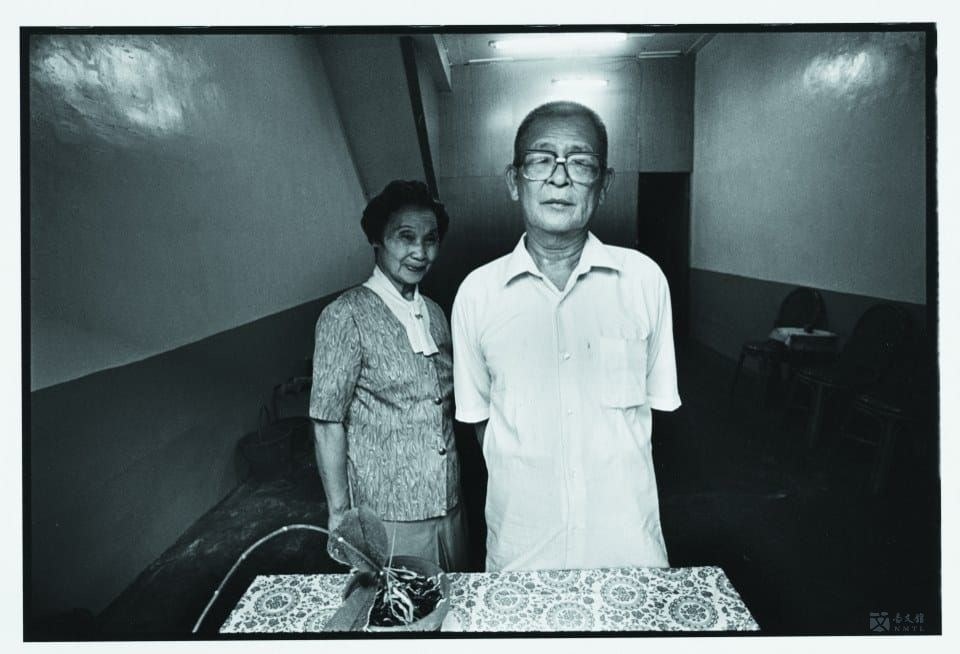
Yeh Shih-tao and his wife.
Yeh Shih-tao and his wife at their residence in Zuoying, Kaohsiung, April 1998.(Provided by Lin Po-Liang)
Yeh was devoted to literature throughout his life (taking writing as a career, he once said that writing is physical labor). After the war, he overcame language barriers and political predicaments, writing for more than 60 long years. In 1943, his “Letters from Lin,” a novel written in Japanese, was noticed by president Nishika Mitsuru of Arts and Cultural Taiwan. The writer’s novel was soon published in Arts and Cultural Taiwan, and this became his successful first shot in the literary community. After the war, Yeh continued to write in Japanese, and such works were published in the Japanese supplements of China Daily News hosted by Lung Ying-tsung. Yeh also continued to publish works at Taiwan Shin Sheng Daily News’ supplements entitled “Bridge.” At this time, Yeh abandoned Romanticism of his youthful days, choosing Realism instead. He began to express much care for society. Starting in the 1970s, Yeh also wrote reviews on Taiwan’s literary history. In 1987, he released History of Taiwanese Literature, which remains the most critical literary statement today. His most well-known novels include “Riverside Tragedy,” “Goddess Mazu in March,” and The Last Siraya Descendants which all exude the historical and cultural charm of Tainan. These writings manifest the writer’s writing styles inspired by the former capital of Taiwan.
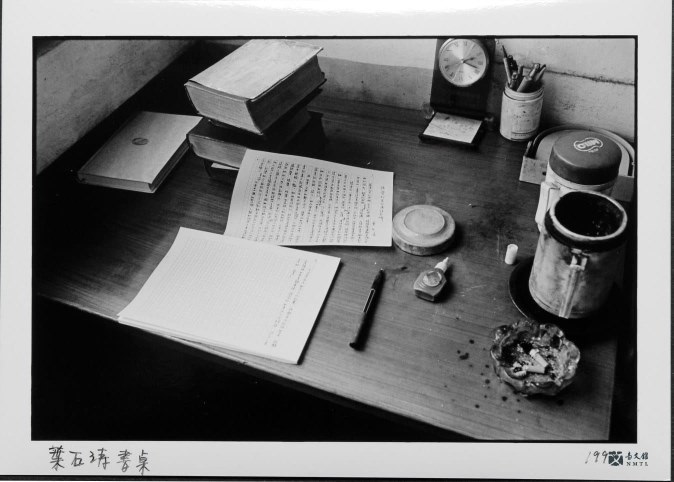
Close-up of Yeh Shih-tao’s writing desk.
Yeh Shih-tao’s writing desk with manuscripts, pens, correction liquid, and an ashtray, Yeh’s residence, Zuoying, Kaohsiung, April 1998.(Provided by Lin Po-Liang)
Manuscript
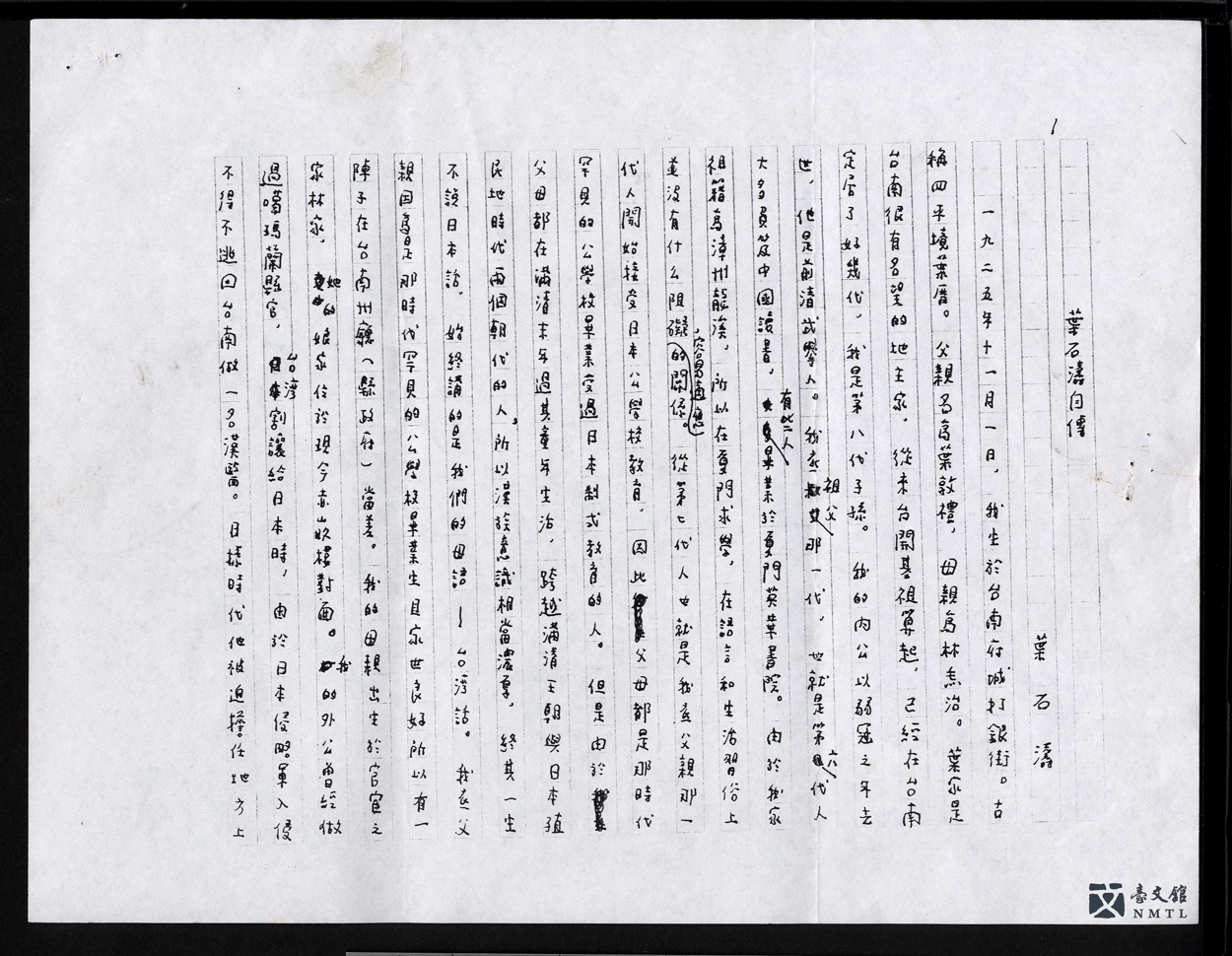


► Yeh Shih-tao’s autobiography (a copy and the original)
Yeh Shih-tao’s education spanned across the Japanese rule and post-war Taiwan. Such a combination contributed to his ability in taking up Western knowledge and choosing to work in creative literature as his life’s direction. Even with the end of the war and the change of languages, he was determined to embark on the road of creative writing, learning as much as he could to publish literary works in Chinese.(Donated by Yeh Shih-tao / Collected by National Museum of Taiwan Literature)
